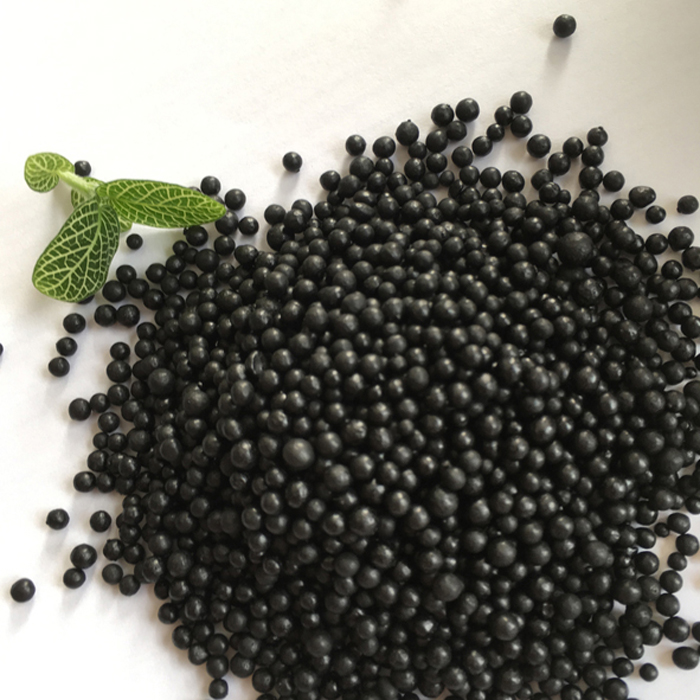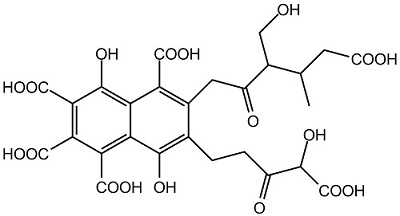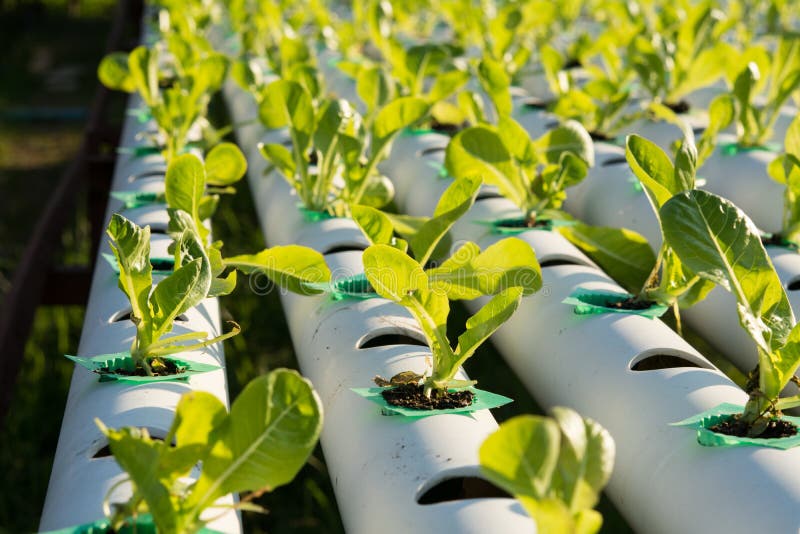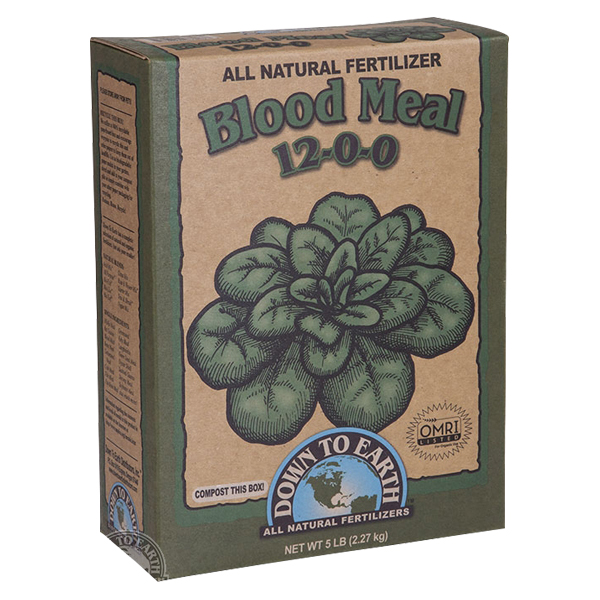How to make an organic hydroponic nutrient solution
Hydroponic nutrients are usually made with synthetic chemicals that come from industrial processes. While these chemicals are usually of a higher purity than those mined or obtained from animal or vegetable resources, it also means that these products contain no microbes or bio-stimulants and their origin implies they cannot be used in organically certified growing operations. Growers who want a more organic approach might still want to use hydroponic solutions, but traditional hydroponic fertilizers cannot be used due to the fact that they lack many of the traits desired in an organic fertilizer. In this post, I will show you how you can create a complete hydroponic solution from scratch using only OMRI-approved raw materials.

OMRI nutrient sources
A complete hydroponic solution should provide all substances that are necessary for plant growth. This means we need to provide nitrogen, phosphorus, potassium, magnesium, calcium, sulfur, iron, zinc, boron, copper, molybdenum, and manganese. Furthermore, we need to ensure that all of these nutrients are provided in forms that are available for the plants. This means we need to find sources that contain all the elements we need and then create a process that makes all of these nutrients adequately bioavailable. The following are the nutrient sources that we will be using, all of them are OMRI listed:
Please note the amazon links below are referral links. This means that I get a small commission when you choose to buy the products through these links, at no extra cost to you.
- Bark compost
- Solubor
- Copper Sulfate
- Corn Steep Liquor
- Ferti-Nitro Plus
- Iron Sulfate
- Magnesium Sulfate
- Manganese Sulfate
- Potassium Sulfate
- Seabird Guano
- Zinc Sulfate
Mixing the solution
This solution cannot be created in a concentrated form. This means we will be preparing a solution that will be fed directly to plants. However, since many of the inputs contain a lot of insoluble materials – due to their origin – there will need to be a filtration process in the end. This filtration step is necessary if you want to avoid problems dealing with the clogging of irrigation lines, in case you want to feed this into a regular irrigation system. If you want to hand water directly, then you can avoid this filtration step.
Since the solution is not concentrated, the amounts to be weighed can be small for some of the materials. For this reason, I advise you to prepare at least 100 gallons of solution, so that you don’t require to weigh very small amounts of material. This will help keep the errors due to measurements low. To make this preparation you will need the following materials:
- A tank that can hold 100 gallons
- A flow meter to measure water flow
- A scale that can weight +/-0.01g max 500g
- An air pump rated for at least 100 gallons of water
- Air stones to diffuse air
To prepare the solution (100 gallons), follow these steps:
- Add 50 gallons of water using the flow meter. Ideally use RO water, but you can use tap water as well if that is not possible.
- Weigh and add all the ingredients per the table below.
- Add another 50 gallons of water using the flow meter.
- Place the air pump inside the solution and switch it on.
- Maintain constant aeration for at least 15 days. Do not use it before this time has passed.
- After 15 days have passed, filter the solution to use in irrigation lines or use directly to hand water. Keep air flowing through the solution even after the 15 days have passed.
- The solution might also become basic during this process, if necessary, you can bring the pH of the solution down with citric acid before watering plants.
| Bark compost | 190 |
| Solubor | 0.65 |
| Copper sulfate | 0.15 |
| Corn Steep Liquor | 330 |
| Ferti-Nitro Plus | 220 |
| Iron Sulfate | 4 |
| Magnesium sulfate | 190 |
| Manganese Sulfate | 1 |
| Potassium Sulfate | 136 |
| Seabird Guano | 265 |
| Zinc Sulfate | 0.10 |
The reason for the long wait
Plants ideally require nitrate in order to grow, the above inputs do not contain nitrate in appreciable amounts but mainly organic nitrogen sources. In this and this previous posts, you can learn more about organic nitrogen and why it is not ideal to use this in an unprocessed manner in a hydroponic crop. When you irrigate with organic nitrogen, most of the nitrogen will go unused and significant time will need to pass in the root zone for it to become available. The organic nitrogen decomposition process can also destabilize the pH of the root zone, making it harder for plants to properly absorb nutrients. By carrying out this process outside of the root zone, we make it easier on the plants, as we feed a pre-digested solution that is rich in available nutrients and microbes. The Seabird Guano and Bark compost, both provide the microbe inoculations necessary for the nitrogen decomposition process to take place. Oxygen, which we continuously pump into the solution, is also key to this process. The CSL and the Ferti-Nitro Plus will provide the organic nitrogen sources that will be decomposed.
This solution also contains a significant amount of amino acids. Although most of these amino acids will be converted into more readily absorbable nitrate through the digestion process, a small amount will be left undigested, which will lock onto the heavy metal ions. This will help prevent precipitation issues and provide the plant with organically derived chelates.
Also note that no specific molybdenum input is included. This is because it is present as an impurity in the corn steep liquor at a high enough concentration, so its explicit addition is not required.
Conclusion
The above solution should fully replace a traditional hydroponic solution, using only OMRI-approved materials. The final concentrations of nutrients should be spot on for the healthy development of most small and large plants. The solution will also contain a lot of microbes and bio-stimulants, which will also help plant growth. Of course, the final character of the solution will depend on the temperature of the digestion, the amount of aeration present, and the nature of the inputs used (as OMRI inputs have a significant amount of variability due to their sourcing). It might take a few tries to adjust this process to your particular conditions. Note that the above solution is intended to be used with soilless media that has not been amended, as it should provide all nutrients required for plant growth.
Did you prepare the above solution? Leave a comment telling us about your experience!










